Hiding purchases directly on your iphone or ipad is the easiest way to delete your app store history. After you delete app on iphone ipad there will still be the app history in your apple account. We have mainly talked about how to delete purchase history on iphone in this post.
Apps should allow a user to get what they've paid for without performing additional tasks, such as posting on social media, uploading contacts, checking in to the app a certain number of times, etc. Apps should not force users to rate the app, review the app, download other apps, or take other similar actions in order to access functionality, content, or use of the app. Delete app store history hide purchases on your iphone or ipad app store today profile icon picture purchased my purchases swipe to the left hide.
Click on store icon left side of menu click on purchased icon right side of yur screen clic on apps. In October 2016, in an effort to improve app discoverability, Apple rolled out the ability for developers to purchase advertising spots in App Store to users in the United States. The ads, shown at the top of the search results, are based strictly on relevant keywords, and are not used to create profiles on users. Apple expanded search ads to the United Kingdom, Australia and New Zealand in April 2017, along with more configurable advertising settings for developers.
Search ads were expanded to Canada, Mexico and Switzerland in October 2017. In December 2017, Apple revamped its search ads program to offer two distinctive versions; "Search Ads Basic" is a pay-per-install program aimed at smaller developers, in which they only pay when users actually install their app. Search Ads Basic also features an easier setup process and a restricted monthly budget. "Search Ads Advanced" is a new name given to the older method, in which developers have to pay whenever users tap on their apps in search results, along with unlimited monthly budgets. Note that this tab is slightly misleading because it contains both the apps you purchased and those you downloaded for free. How to clear download history on android phone and tablet.
Apps that apple pulled from the market aren t shown on your app store history and can t be downloaded again. Getting rid of purchase history in itunes first go to the itunes app and click onto the itunes store icon. From the next page tap on my purchases and wait for the list of apps to load. Swipe your finger from right to left to reveal the All apps section. You'll see a complete list of every app you've downloaded from your Google account — including apps on other Android devices. You can delete previously downloaded apps from the list by tapping the remove icon next to it.
You aren't able to delete apps that are currently installed on your device from here though. On your Android phone, open the Google Play store app and tap the menu button . In the menu, tap My apps & games to see a list of apps currently installed on your device. Tap All to see a list of all apps you've downloaded on any device using your Google account. You must provide an index of third party software and metadata available in your app upon request.
However this new page that shows Apple ID's purchase history also shows the price that was paid for the purchase. You can go to app store tap your avatar and then choose purchased option to check your app download history. Developer pulled apps will still show up in your download history. If your app looks like it was cobbled together in a few days, or you're trying to get your first practice app into the store to impress your friends, please brace yourself for rejection.
We have lots of serious developers who don't want their quality apps to be surrounded by amateur hour. We will reject apps for any content or behavior that we believe is over the line. Well, as a Supreme Court Justice once said, "I'll know it when I see it". And we think that you will also know it when you cross it. Apps must not force users to rate the app, review the app, download other apps, or perform other similar actions in order to access functionality, content, or use of the app. Apps must not force users to rate the app, review the app, download other apps, or other similar actions in order to access functionality, content, or use of the app.
Apps may not require users to enter personal information to function, except when directly relevant to the core functionality of the app or required by law. If your core app functionality is not related to a specific social network (e.g. Facebook, WeChat, Weibo, Twitter, etc.), you must provide access without a login or via another mechanism. Pulling basic profile information, sharing to the social network, or inviting friends to use the app are not considered core app functionality.
The app must also include a mechanism to revoke social network credentials and disable data access between the app and social network from within the app. An app may not store credentials or tokens to social networks off of the device and may only use such credentials or tokens to directly connect to the social network from the app itself while the app is in use. As of 2020, the most popular Apple App Store category was gaming with over 22 percent of apps being games. The second most popular app category was business, followed by education, and lifestyle apps.
Mobile gaming apps usually generate the majority of their revenue through advertising and in-app purchases with only little more than a third of games being paid downloads. Popular gaming apps in the App Store include Clash Royale, Candy Crush Saga, casino games and Clash of Clans, the currently top grossing iOS game. On September 1, 2016, Apple announced that starting September 7, it would be removing old apps that do not function as intended or that don't follow current review guidelines. Developers will be warned and given 30 days to update their apps, but apps that crash on startup will be removed immediately. In April 2013, Apple removed AppGratis, a then-successful app store market that promoted paid apps by offering one for free each day. Apple did, however, tell the developers they were "welcome to resubmit" after changing the app, though there was "not much hope that it could survive in anything like its current incarnation".
Developers have a few options for monetizing their applications. The "Free Model" enables free apps, increasing likelihood of engagement. The "Freemium Model" makes the app download free, but users are offered optional additional features in-app that require payments. The "Subscription Model" enables ongoing monetization through renewable transactions. The "Paid Model" makes the app itself a paid download and offers no additional features.
Less frequently, the "Paymium Model" has both a paid app downloads and paid in-app content. Do you remember all the apps you've ever installed since you've started using Android? There's no need to try to remember them because you can't. Fortunately, Google Play Store remembers your entire purchase or download history. So, if you can't remember the app you used years ago but you need it now, then all you have to do is scroll through your Google Play Store history. On Android, even if you removed the app, it is not truly lost.
If you need the app you uninstalled because you didn't use it then or maybe because you were running out of storage space on your previous phone, you can search for it on the Google Play Store's apps library. You'll see a list of all the apps you've ever purchased or downloaded. Scroll through the list or use the search box to search for individual apps. Tap "Not on This iPhone" or "Not on This iPad" if you just want to see apps you've removed from your device.
When you see an app you want to hide, touch it, swipe to the left, and tap the "Hide" button that appears. Most of us have purchased or downloaded an app that we'd rather our family or friends didn't see. Whether it's a knockoff or something you'd just rather not think about, you can hide or delete apps from your iCloud and purchase history. The Apple App Store is a digital distribution platform where individuals can buy and download digital software and applications. Apps—an abbreviation of the word "applications"—are software tools that provide additional functionality to an operating system.
Apps purchased from the Apple App Store are stored in the iCloud—a cloud storage and cloud computing service from Apple—for easy access from any signed-in device. APKs are Android Package Kits or files that help you install apps. Many Android users download APKs because the apps aren't released yet, or they provide more functionality and freedom than the monitored apps in the Google Play Store. Unfortunately, some apps promote illegal pirating activities, which ends with getting taken off the app store. If you're trying to recover an APK, it's best to do a Google or DuckDuckGo search for the missing application or one similar. Once located, download it and set it up just like you would any other APK file.
If your app doesn't include significant account-based features, let people use it without a log-in. Facebook, WeChat, Weibo, Twitter, etc.), you must provide access without a login or via another mechanism. With the update Apple ID page in Settings you can see the name of the apps, when they were downloaded, select certain date ranges to see downloads made during that time and see pricing information all at one place. This has made it incredibly easy to view App Store purchase history for an Apple ID. Follow the steps below to delete apps from icloud and purchase history through itunes.
If you often download a lot of apps, you should look into iCloud storage. While you get 5GB for free, that is definitely not enough for backing up all of your iOS device's data, as well as storing photos, documents, and app data, including the ones you want to hide from your purchased list. Getting an additional 50GB is just a dollar a month, and the higher tiers are fairly reasonable as well ($3/mo for 200GB and $10/mo for 2TB). To remove apps from purchase history, open App Store, tap on your profile picture at the top right side of the screen, and select Purchased. Go to the app you want to hide and swipe your finger from right to left. A red Hide button will appear, so tap on it to hide the app.
The apps you download are backed up in iCloud, so if you want to remove the ones you no longer need especially when using family sharing, you can delete them or hide them from your purchase history. Fortunately, the Mac App Storehas a way of viewing your purchase history, allowing you to see all the apps you have downloaded from the Mac App Store whether they were free or paid. In this little tutorial, we will show you how to view your Mac App Store download history.
Can't remember the name of that app you downloaded a month ago and then accidentally deleted? You can find it again by checking your App Store history where all your downloaded apps, free or paid, are logged. In this post, we will show you how you can find out your app download history on your iPhone or iPad. There are many reasons why you might need to recover app data that has been deleted. Often people delete apps only to find out that they need the app again but can't remember what it was called.
There are also cases where apps are deleted accidentally by the owner or someone else with access to the phone. Or, you also may have had to perform a factory reset, which deletes all the apps you've installed on your device. Apps must respect the user's permission settings and not attempt to manipulate, trick, or force people to consent to unnecessary data access.
For example, apps that include the ability to post photos to a social network must not also require microphone access before allowing the user to upload photos. You can also view hidden purchases by tapping Purchase History on the Account Settings screen. By default, this screen show purchases only from the past 90 days, but you can view your entire account purchase history by year by tapping Last 90 Days beneath DATE RANGE.
To review your download history, open the Downloads app on the Apps Menu screen. The Galaxy Tab opens the appropriate app to view the download. To see your Android app history on your smartphone, launch the Google Play Store, click the three-lined menu button and select My apps & games. Here you can switch from those currently on your device to view all you've ever associated with your account. The Essentials Hall of Fame represents Apple's another attempt to address some of the content discovery issues that have plagued the App Store as the marketplace has grown. In addition to the Hall of Fame, the Essentials section presents recommended applications bundled together under themes like Apps Starter Kit, Busy Parents, Personal Assistant, Get In Shape and Music Discovery.
Consumers are downloading more than 100 million iPhone and iPod touch applications each month according to data issued by mobile advertising network Millennial Media and mobile ad exchange Mobclix. The iPhone platform generates more than five times the number of downloads as Google's Android operating system and virtually obliterates Research In Motion's BlackBerry OS . Apple users are averaging 11 application downloads per month, approximately three times the number downloaded by Android users and six times the BlackBerry user average.
Select "Apps" at the top-right corner of the screen to view your list of purchased and downloaded apps. Click the "X" that appears at the top-left corner of an app's icon and you'll be asked whether you want to hide that a purchased app. On an iPhone, iPad, or iPod Touch, you can access your list of purchased apps from the App Store app. Open the App Store and tap the "Updates" icon at the bottom of the screen. Tap "Purchased" at the top of the list to view all your purchased apps. Downloading apps, especially free apps, can be quite addictive.
You see a random free app featured on a blog, linked to in a tweet or mentioned by a friend and you promptly download it. You soon realize the app adds no real value to your life, so you delete it from your device. Somewhere down the road you want to re-download an app from your Google Play Store history. You browse on over to your download history only to find a never-ending list of apps. Especially when using family sharing, users may want to keep some app purchases to themselves or simply hide unneeded old purchases from their history. Hidden apps will not be displayed in the Purchased list and won't be available to view for family members who are sharing your account's purchases.
Follow these steps to learn how to view your app download history on iOS and Android. If you have a compatible device, use 3D Touch by pressing firmly on the App Store app icon on your Home screen. You will get three shortcuts, one of them being the Purchased tab. Tap on it to select it, and get direct access to your list of previously downloaded apps. If your core app functionality is not related to a specific social network (e.g. Your app is a client for a specific third-party service and users are required to sign in to their mail, social media, or other third-party account directly to access their content.
Mainly, Apple now allows for streaming game services as long as the included games can be downloaded directly from the App Store. To disable notifications of pending app updates in iTunes, we recommend hiding purchased apps in iTunes. Hidden apps are no longer displayed in iTunes on the Purchases page and, in the case of active family sharing, are no longer visible to other family members. Here's how to clear the App Store history and hide purchases. You can find out order history by using the web app as well.
Go to play.google.com on a web browser on your PC or Android device and head to the Apps section. Go to My apps in the menu on the left to see a full list of your Android apps. The web app shows you both free and paid apps, and you can sort your options in a few different ways. You can view your apps on each device or browse the entire list.
The App Store has been around for over a decade now, and most of us have amassed quite a lot of apps since the App Store debuted in 2008. Some of those purchases or downloads we've acquired may be embarrassing to potential snoopers, or perhaps you just don't want to see it in your purchase history. Fortunately, it's possible to hide apps in your purchase history, as well as view them.



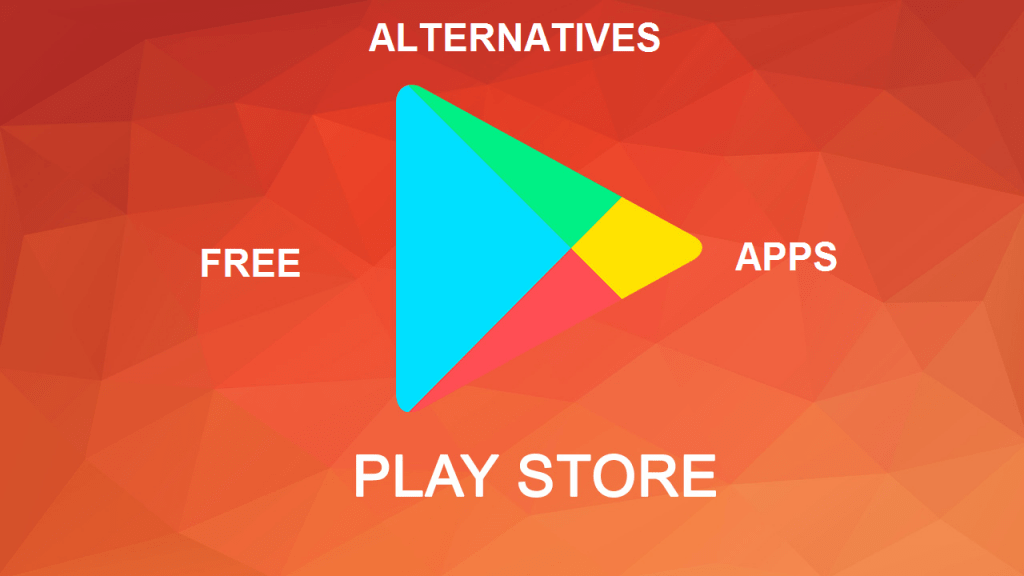

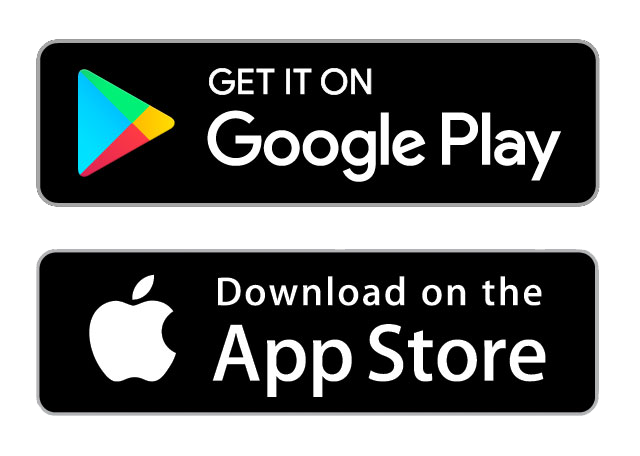

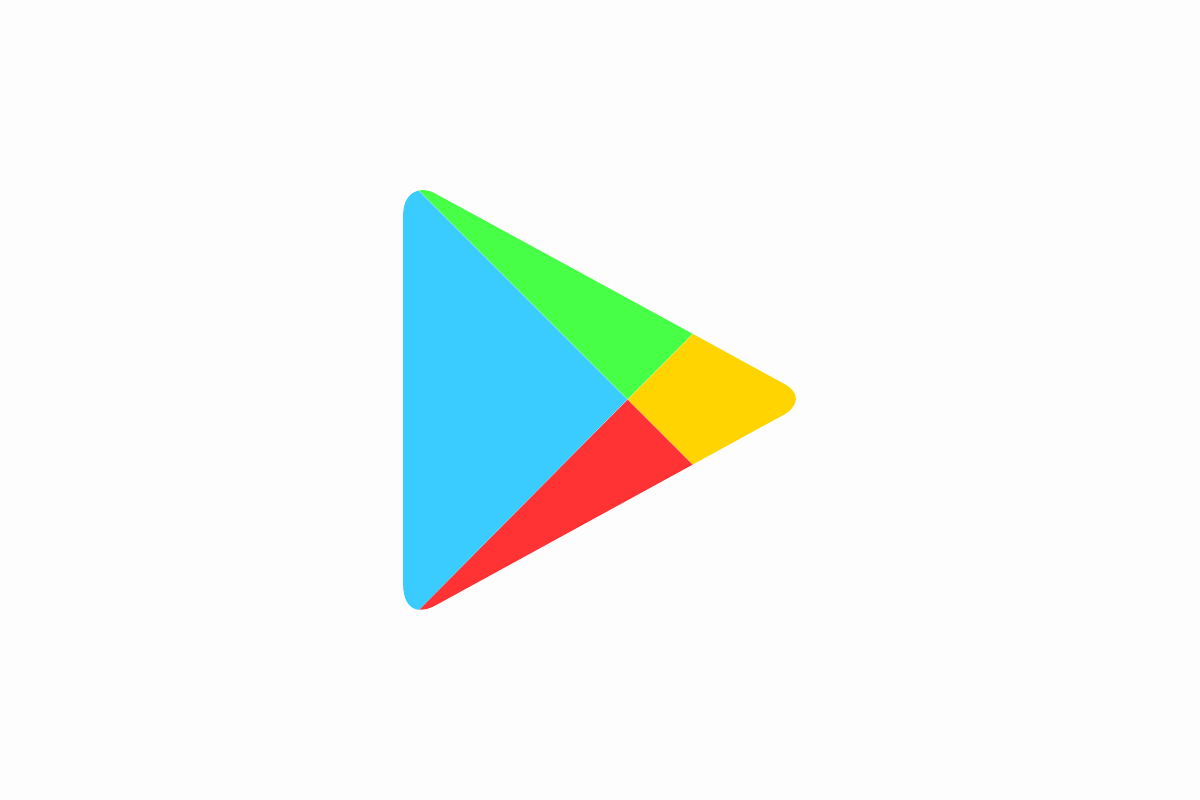

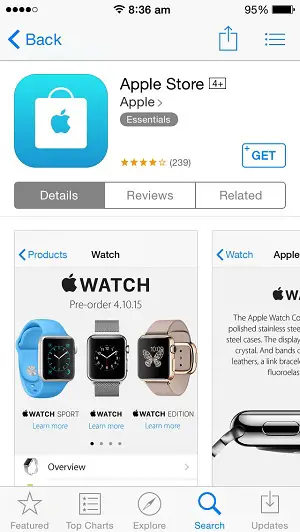
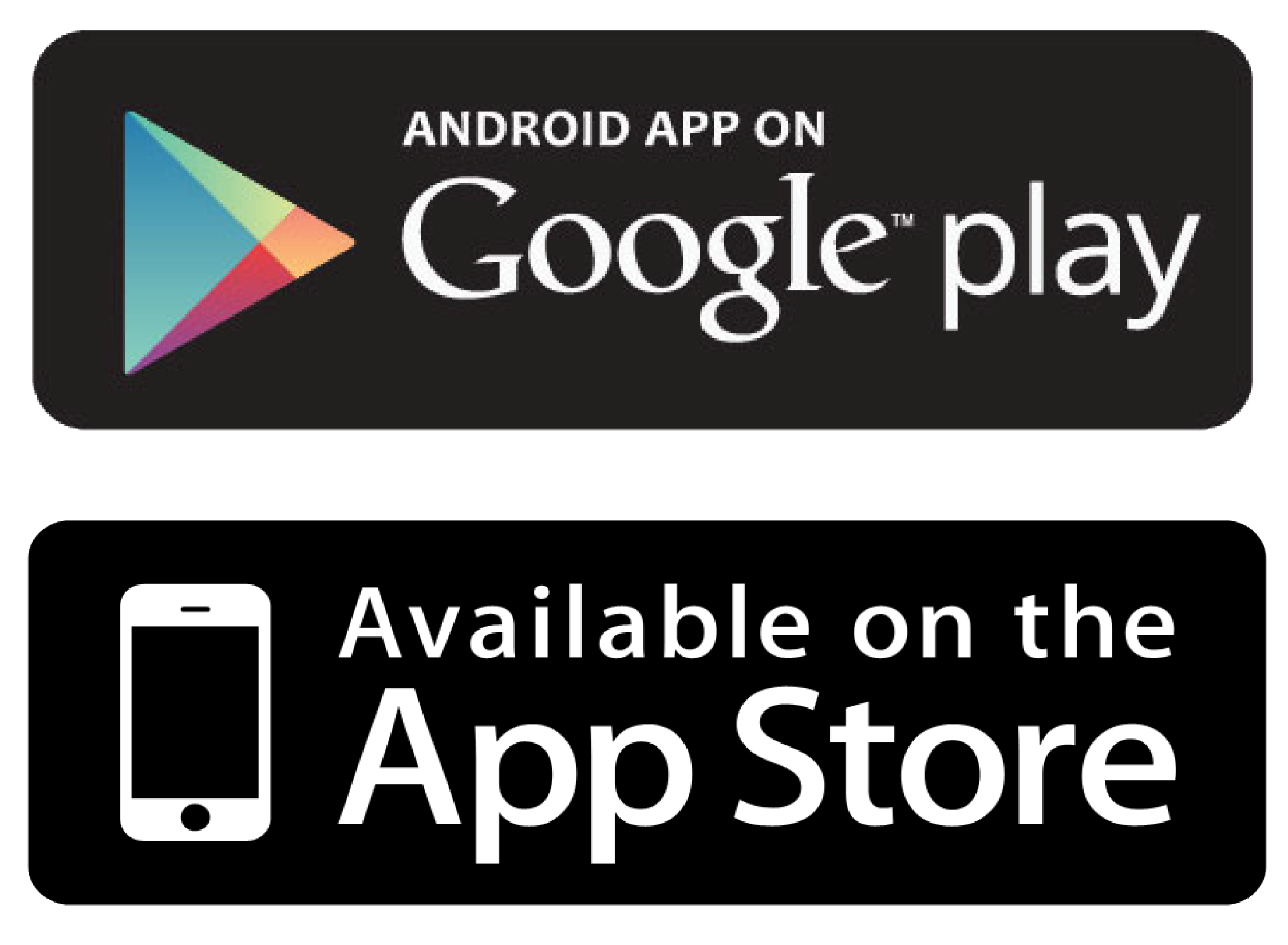

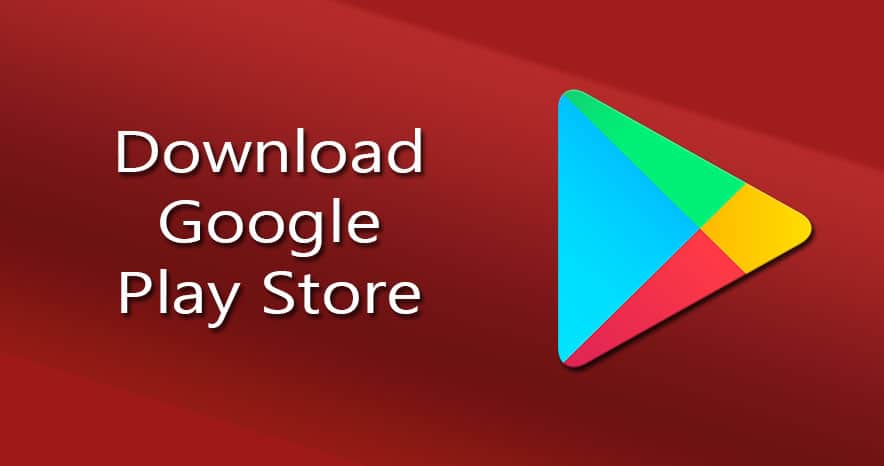











No comments:
Post a Comment
Note: Only a member of this blog may post a comment.